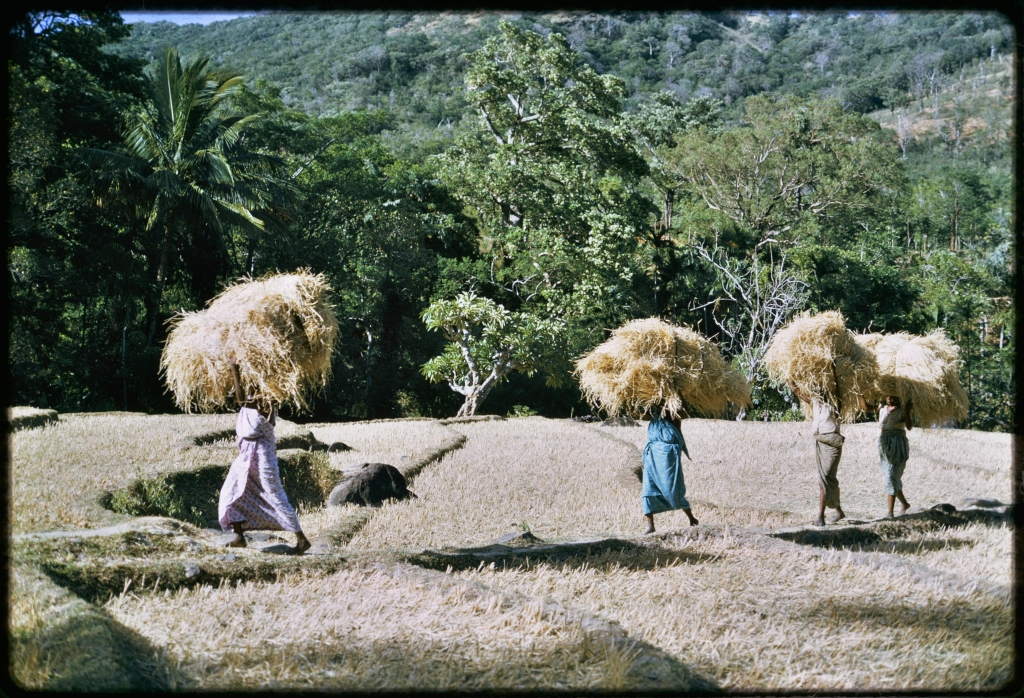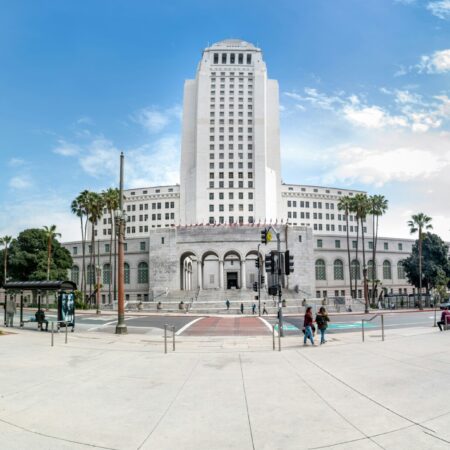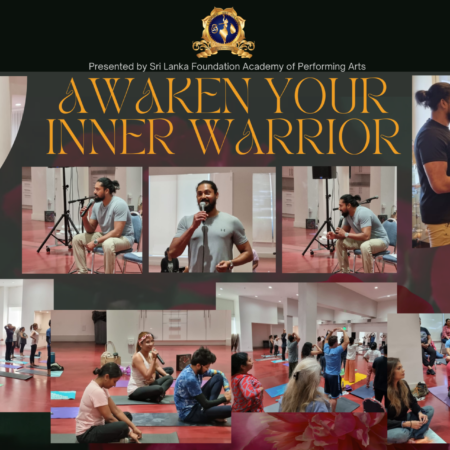A new digital collection launched by Cornell University Library depicts the evolution of a remote Sri Lankan village over five decades. “Depicting the Sri Lankan Vernacular” comprises more than 500 images and originates from the research of Bonnie MacDougall ’62, M.A. ’65, Ph.D. ’73, professor emerita in the College of Architecture, Art, and Planning. MacDougall’s work in Mimure, in the Knuckles mountains of Sri Lanka, spanned more than 50 years and her entire academic career. She died in November 2017.
Many of the photographs and drawings in this collection were previously published in MacDougall’s book, “Sinhalese Domestic Life and Space and Time,” co-authored with her husband, Robert MacDougall, ’62, B.Arch. ’63, Ph.D. ’71, who died in 1987. Unlike other ethnographic studies of Sri Lanka, the MacDougalls described the relationship of the village to its architecture and material culture. The MacDougalls wrote not only for anthropologists but also for architects, planners, and researchers interested in the cross-cultural study of dwellings.
Bonnie MacDougall conceived “Depicting the Sri Lankan Vernacular,” as a way to make the visual record of the village available to a wider audience. “Depicting the Sri Lankan Vernacular” highlights Robert’s detailed photographic and architectural representation of the village. “My mother, of course, understood the project as a testament to cultural change over the half-century of her research on the village,” said Carlin MacDougall, the MacDougalls’ daughter. “The photographs show not just change in a cultural landscape, which contains abandoned structures and updated dwellings, but a personal and human change as well. We see these people grow old and there is the sense that some of their traditional ways will die with them.”
When Bonnie MacDougall, an architectural historian, anthropologist and linguist, and Robert MacDougall, an anthropologist and architect, first traveled to Mimure, the village was eight miles from the nearest road. They ditched their motorbikes at a hill station and hiked into the dense forest. When Bonnie MacDougall returned in 2012 the village could be reached by road, and the improved accessibility had changed it in many ways.
The more recent images in “Depicting the Sri Lankan Vernacular” illustrate some of those changes, such as the use of plastic items and metal roofs. The site also includes photographs of an exhibit about traditional agricultural life from Sri Lanka’s National Museum. Taken together, the collection provides a unique ethnographic record of life in a small Sri Lankan village from the mid-20th century to the present.
“The stories Bonnie told me while examining these photographs were such vivid accounts of Mimure and its inhabitants that I often felt transported by our conversations to a place I had never been. I hope that some of these rich narratives come through in this collection,” said Marsha Taichman, visual resources librarian.
The collection’s precursor, “Beyond the Taj,” was one of the earliest online collections created by the library’s Digital Consulting and Production Services unit. “Beyond the Taj” includes around 7,000 photographs of works of architecture, pilgrimage locales and domestic life taken by Robert MacDougall in India and Sri Lanka. Bonnie MacDougall helped create the site in 2008.
“Depicting the Sri Lankan Vernacular” was funded by the Podell Emeriti Award and the Grants Program for Digital Collections in the College of Architecture, Art and Planning. Bonnie worked on the collection until her death, when the site was substantially complete but before it was launched to the public.
“My mother wanted to document her research with my father, and she wanted to make this work accessible to scholars and people studying Sri Lanka, so they can see this village the way it was,” Carlin MacDougall said. “And I think she wanted to provide a resource for Sri Lankans themselves, who are trying to access an immediate past that’s disappearing. Eventually the village will have reliable internet service, and then these people and their descendants will be able to see their own images.”
Courtesy of http://news.cornell.edu






















